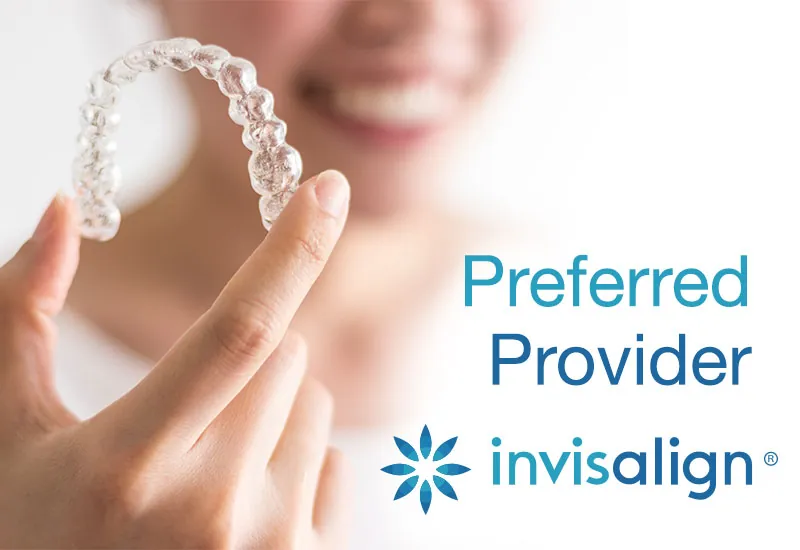Restorative Dental Services
Dental Bridges

A dental bridge is made up of two anchoring teeth, called abutment teeth that bridge a gap using a false tooth, or teeth, in between called pontics.
These pontics can be made from various materials including porcelain, porcelain fused to metal, gold, alloy or a combination of these materials. The supporting teeth can be either natural teeth or dental implants.
Dental bridges can be removable or fixed. Fixed bridges are cemented in and are cleaned with good oral hygiene just like your natural teeth. Removable dental bridges, also called partial dentures, are less expensive than fixed bridges in initial cost as well as when in need of repairs. The down side to removable bridges is that they may not feel as secure or “natural” than their fixed counterparts.
Benefits to Dental Bridges:
- Aesthetic reasons. Restore your smile! No more gaps. Now can you can smile big and bright with no worries.
- Restore your ability to chew and/or speak properly
- Distribute the bite force properly by replacing the missing teeth.
- Maintain the shape of your face.
- Keep remaining teeth straight. Filling the gap keeps the remaining teeth from drifting out of position.
There are three primary types of dental bridges in use:
Tradition Bridges:
Tradition bridges involve a crown or an implant on the sides of the missing tooth with a pontic in between. These are typically made from porcelain fused with metal or ceramic. Traditional bridges are the most common types of bridges in use.
Cantilever Bridges:
Tradition bridges involve a crown or an implant on the sides of the missing tooth with a pontic in between. These are typically made from porcelain fused with metal or ceramic. Traditional bridges are the most common types of bridges in use.
Resin-Bonded Bridges:
These are also called Maryland Bonded Bridges or Maryland Bridges. These types of bridges are made of plastic teeth supported by a metal frame. Wings made of metal located on each side of the bridge are bonded to the existing teeth.


What to Expect:
Before a bridge can be placed there are some preparations that must be made.
- Re-countouring: The abutment teeth must be re-contoured. Re-contouring is done by removing part of the enamel from the teeth to make room for the placement of the crown.
- Making Impressions: Once re-contouring is completed impressions are made of your teeth to serve as a model; the model is what is used to create a fitting bridge, pontic and crowns. The final model takes time to create and a temporary bridge is provided in the interim.
- Permanent Bridge: Once you receive your permanent bridge, adjustments will be made for fit. Please expect a couple of visits in order to get the fit just right.

Before

After
Complimentary Consultations
Invisalign Aligners
Zoom Teeth Whitening
Our Hours
Monday 8:30am – 8:00pm
Tuesday 8:30am – 6:00pm
Wednesday 8:30am – 4:00pm
Thursday 8:30am – 5:00pm
C. Christian Franck, DDS
721 East Baltimore Pike Suite 301
Kennett Square, PA 19348




